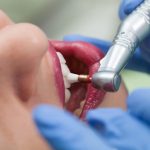When Do Kids Start Losing Teeth? A Comprehensive Guide
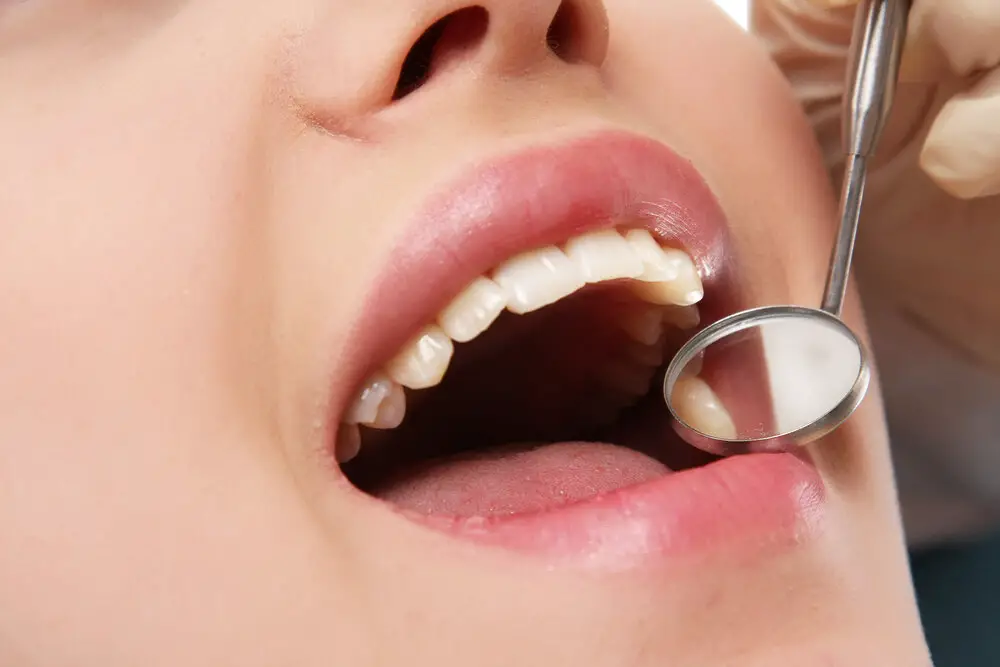
As children grow and develop, one of the most exciting and anticipated milestones is the loss of their baby teeth. This transition marks a significant moment in a child’s life and is often celebrated with the arrival of the tooth fairy. However, every child is unique, and the timing of when they start losing their teeth can vary. It’s important to understand the process of losing baby teeth and what parents can expect during this exciting time. Baby teeth, also known as primary teeth, typically begin to erupt between six and twelve months of age. These 20 teeth serve as placeholders for the permanent teeth that will eventually replace them. Most children will start to lose their baby teeth around the age of six, although it can happen as early as four or as late as eight years old. The process of losing baby teeth can be a gradual one, taking several years to complete. Understanding the timeline of when children typically lose their teeth can help parents prepare for this exciting stage in their child’s life.
Understanding when kids start losing teeth is vital for both parents and children. It is a natural process that happens to every child, and being aware of it can help parents prepare their children for the changes that come with it. It is important to note that losing baby teeth is a sign of growth and development, which can boost a child’s self-esteem and confidence. It is also crucial to keep track of the loss of baby teeth as this can help parents identify any potential dental issues that may need to be addressed. Knowing when kids start losing teeth can also aid parents in establishing a good dental routine and ensure that their children maintain good oral health habits.
As a child grows, there are many exciting milestones, and losing baby teeth is one of them. Generally, children start to lose their teeth between the ages of 5 to 7 years old, with the last baby tooth usually falling out by age 12. The process, known as exfoliation, occurs as permanent teeth push through the gums, causing the roots of the baby teeth to dissolve and the tooth to become loose and eventually fall out. However, the exact age range can vary from child to child, and it’s essential to remember that every child’s development timeline is unique. As a parent or caregiver, it’s important to be patient and supportive during this exciting and sometimes emotional time in your child’s life.
The Primary Teeth

Primary teeth, also known as baby teeth, are the first set of teeth that erupt in a child’s mouth. These teeth are extremely important as they help children chew their food, speak clearly and also hold space for the permanent teeth to come in. On average, babies start getting their primary teeth between 6 to 12 months. The first teeth to come in are usually the two bottom front teeth, followed by the two top front teeth. By the time a child is 3 years old, they usually have a full set of 20 primary teeth. It is important to take care of primary teeth as poor oral hygiene can lead to cavities and infections. Parents should make sure their children brush their teeth twice a day with fluoride toothpaste and schedule regular dental check-ups. Primary teeth also play a role in the development of a child’s jaw and facial structure. Premature loss of these teeth can cause the remaining teeth to shift, leading to misalignment. Therefore, it is recommended to let primary teeth fall out naturally to ensure proper development of the permanent teeth.
Primary teeth, also known as baby teeth or deciduous teeth, are the first set of teeth that humans develop and typically begin to emerge around six months of age. These teeth serve important functions for children, including helping them chew food, aid in speech development, and maintain space in the jaw for permanent teeth to grow in properly. Primary teeth also play a role in the development of facial structure and appearance. Although they will eventually be replaced by permanent teeth, it is vital to take care of primary teeth to prevent decay and other dental issues that can affect the health of the developing permanent teeth.
The emergence of primary teeth is an exciting milestone in a child’s development. Typically, primary teeth, also known as baby teeth, start to appear between six and twelve months of age. The timeline for when teeth emerge can vary from child to child, but the general pattern is that the lower central incisors are the first to emerge, followed by the upper central incisors, and then the lateral incisors. By around three years of age, most children have a full set of primary teeth, which includes 20 teeth in total. It’s important to remember that every child is different, and some may experience delays or early emergence of teeth. Regular dental check-ups can help parents ensure that their child’s teeth are developing properly.
The Process of Losing Teeth
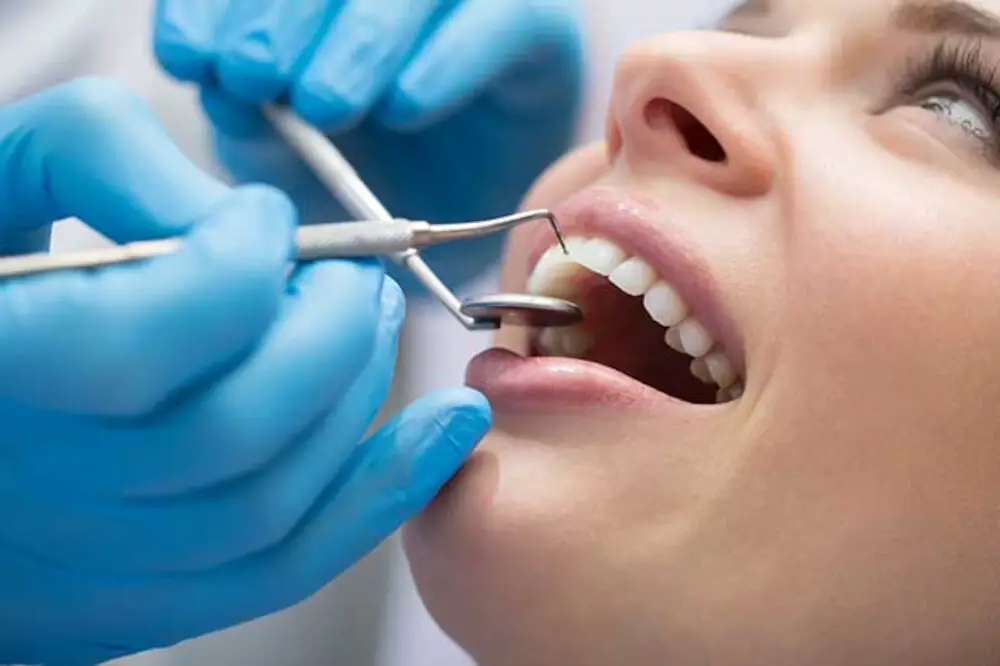
The process of losing teeth, also known as exfoliation, is a natural and important part of a child’s development. Typically, children start losing their baby teeth around the age of six or seven. The process begins with the roots of the baby teeth gradually dissolving and the tooth becoming loose. Eventually, the tooth falls out, making way for the permanent teeth to grow in their place. This process usually continues until all of the baby teeth have been replaced by permanent teeth, a process that can take several years. While losing teeth can be an exciting milestone for children, it can also be a stressful and uncomfortable experience. Children may experience pain or discomfort as their teeth become loose and fall out. Additionally, they may feel self-conscious about their appearance as they wait for their permanent teeth to grow in. As a parent or caregiver, it’s important to provide support and reassurance during this process, helping your child feel comfortable and confident as they navigate this important developmental stage.
The process of shedding primary teeth, also known as baby teeth, is a natural part of a child’s development. This typically begins around the age of six and continues until the age of twelve or thirteen. The process is initiated when the roots of the baby teeth start to dissolve, causing the tooth to become loose. Eventually, the tooth falls out, making way for the permanent tooth to grow in its place. The shedding process can be accompanied by some discomfort, but it is important to encourage children to wiggle their loose teeth gently to facilitate their removal. It is also important to maintain good oral hygiene during this time to prevent any infections or complications.
The roots of primary teeth start dissolving as the permanent teeth begin to develop underneath them. The process of root resorption is controlled by specialized cells called odontoclasts, which break down the root structure and absorb its minerals. As the roots dissolve, the primary teeth become loose and eventually fall out. The permanent teeth then move into the vacated space, guided by the pressure from the developing adult teeth. This process is gradual and natural, and typically occurs between the ages of 6 and 12 years old. It is important to note that the timing of tooth loss can vary from child to child, and some may lose their teeth earlier or later than others.
When Kids Start Losing Teeth
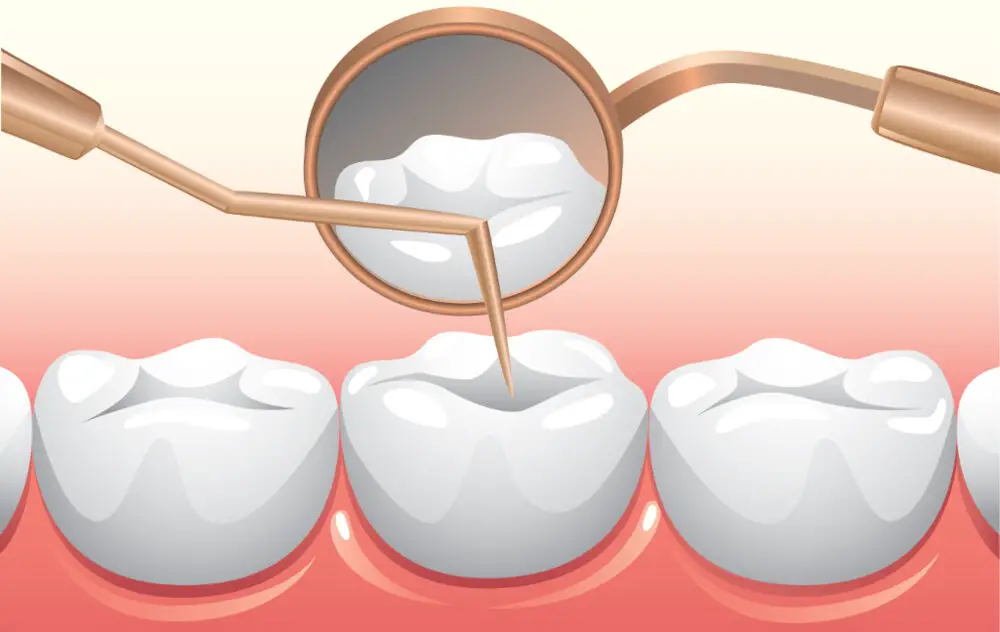
Losing teeth is an important milestone in a child’s life. For most kids, it’s a sign that they’re growing up and becoming more independent. The process of losing teeth typically begins around the age of six or seven and continues until the age of 12 or 13. However, this timeline can vary depending on the child. Some kids may start losing teeth at the age of four or five, while others may not begin until they’re eight or nine. There are several factors that can influence when a child starts losing teeth. Genetics play a role, as children tend to follow a similar timeline to their parents or siblings. Additionally, baby teeth tend to fall out in the same order that they came in, so if a child’s first tooth came in early, they may start losing teeth earlier as well. Other factors that can impact when kids start losing teeth include nutrition, oral hygiene, and dental health. Children who consume a diet high in sugar or who don’t brush and floss regularly may experience tooth decay, which can cause teeth to fall out prematurely. On the other hand, children who practice good oral hygiene habits and receive regular dental checkups are more likely to have healthy teeth that fall out on schedule.
The average age range for when kids start losing primary teeth is typically between 5 to 7 years old. However, it is important to note that every child is different and may start losing teeth earlier or later than that range. The first teeth that usually fall out are the two bottom front teeth, followed by the top front teeth. As the child grows and matures, the remaining primary teeth will loosen and eventually fall out, making way for permanent teeth. It is important for parents to monitor their child’s dental development and consult with a dentist if they have concerns about their child’s teeth.
The timing of tooth loss in children can be affected by a variety of factors, including genetics, nutrition, and oral hygiene habits. Children who have parents or siblings who lost their teeth early may also lose their teeth early. Additionally, a diet lacking in essential nutrients such as calcium and vitamin D can delay the loss of baby teeth. Poor oral hygiene can also lead to tooth decay and gum disease, which can cause premature tooth loss. Furthermore, certain medical conditions, such as hypothyroidism, can also affect the timing of tooth loss. It is important for parents to encourage good oral hygiene practices and maintain a healthy diet to promote proper tooth development and prevent early tooth loss.
What to Expect During Tooth Loss

Tooth loss is a natural process that occurs in every human being’s life, and it affects everyone differently. When you start losing your teeth, you may experience some discomfort, pain, and sensitivity. This is because the tooth roots become less stable and may start to move around. You might also notice that your gums are more sensitive and may bleed easily. During this time, it’s important to maintain proper dental hygiene to prevent any infections or complications. As you begin to lose your teeth, you may experience some changes in your appearance. Your face may appear sunken in or look different due to the loss of teeth. Your speech may also be affected, as you will need to adjust to the new gaps in your mouth. Eating may also become a challenge, as you will need to alter your diet to accommodate for the loss of teeth. However, with the help of dental professionals, you can receive advice and treatments to help alleviate any discomfort or issues that arise during the process of tooth loss.
Tooth loss can be a distressing experience for anyone, especially for children who are still in the process of growing and developing. The signs and symptoms of tooth loss may vary depending on the cause of the loss, but common indicators include pain or discomfort in the affected area, bleeding gums, visible gaps in the teeth, difficulty chewing or biting, and changes in speech or pronunciation. In some cases, tooth loss may also be accompanied by swelling or inflammation of the gums, as well as sensitivity to hot or cold foods and drinks. If your child is experiencing any of these symptoms, it is important to seek professional dental care as soon as possible to prevent further damage and promote healthy oral development.
Tooth loss can be a painful and uncomfortable experience for kids, but there are several things parents can do to help ease their discomfort. First, encourage your child to rinse their mouth with warm salt water to soothe any soreness or swelling. Applying a cold compress to the affected area can also help reduce pain and inflammation. Over-the-counter pain relievers such as acetaminophen or ibuprofen can be given to alleviate discomfort. It’s important to remind your child to avoid hard or crunchy foods that may irritate the area, and to continue practicing good oral hygiene to prevent infection. By following these simple tips, parents can help their child cope with the discomfort of tooth loss and ensure a healthy and happy smile for years to come.
The article titled \When Do Kids Start Losing Teeth: A Comprehensive Guide\ delves into the various stages of a child’s tooth development, from the eruption of the first baby teeth to the loss of primary teeth and the growth of permanent teeth. The article highlights the importance of maintaining good oral hygiene practices from an early age, in order to ensure healthy tooth development and prevent dental problems. It discusses the typical age range for children to start losing their baby teeth, which is usually between the ages of five and seven, and provides tips on how parents can help their children through this process. The article also covers the importance of visiting a dentist regularly for check-ups and cleanings, as well as the role of nutrition in supporting healthy tooth development. Overall, the article serves as a helpful guide for parents and caregivers looking to support their child’s dental health throughout the various stages of tooth development.
Regular dental checkups are vital to monitor tooth development in kids. Children’s teeth are constantly developing, and regular dental checkups help ensure that their teeth are growing correctly. A pediatric dentist can detect any potential issues early on and provide necessary treatment before the problem worsens. Additionally, regular checkups can help prevent tooth decay, which can lead to pain, infection, and even tooth loss. By monitoring tooth development through regular dental checkups, parents can ensure that their children’s teeth are healthy and developing properly. This can prevent future dental problems and help children maintain healthy teeth and gums for a lifetime.
Conclusion
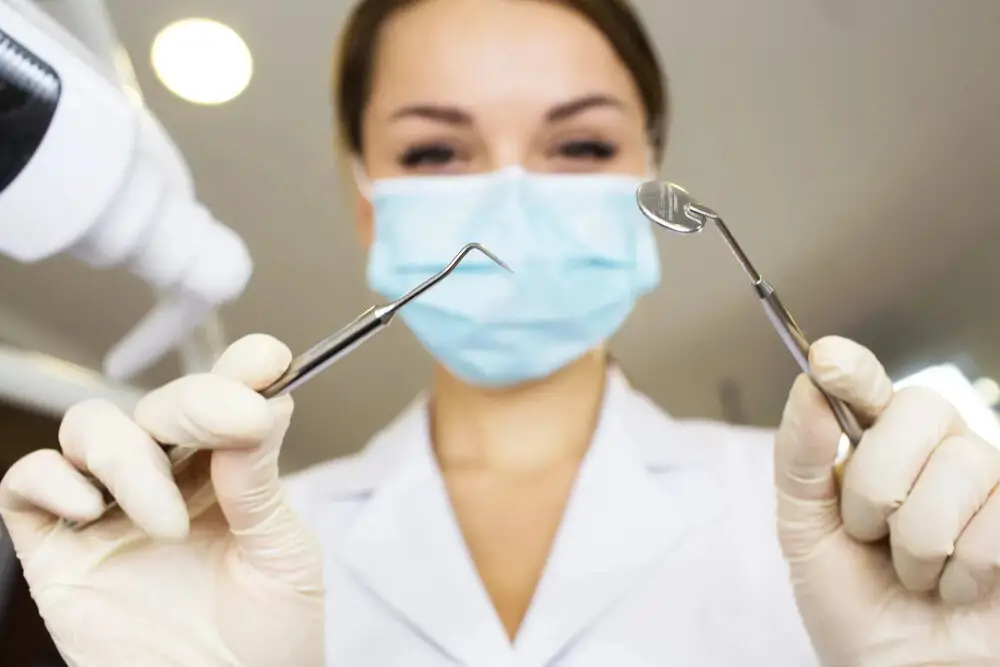
In conclusion, the process of losing baby teeth and growing permanent teeth is a natural and exciting milestone in a child’s development. It typically begins around age six and lasts until early adolescence. While every child is unique and may experience some variations in timing, parents can use this comprehensive guide as a helpful tool to understand the typical progression of tooth loss. As always, it is important to maintain good oral hygiene habits and seek professional dental care when necessary to ensure a healthy and happy smile for years to come.






